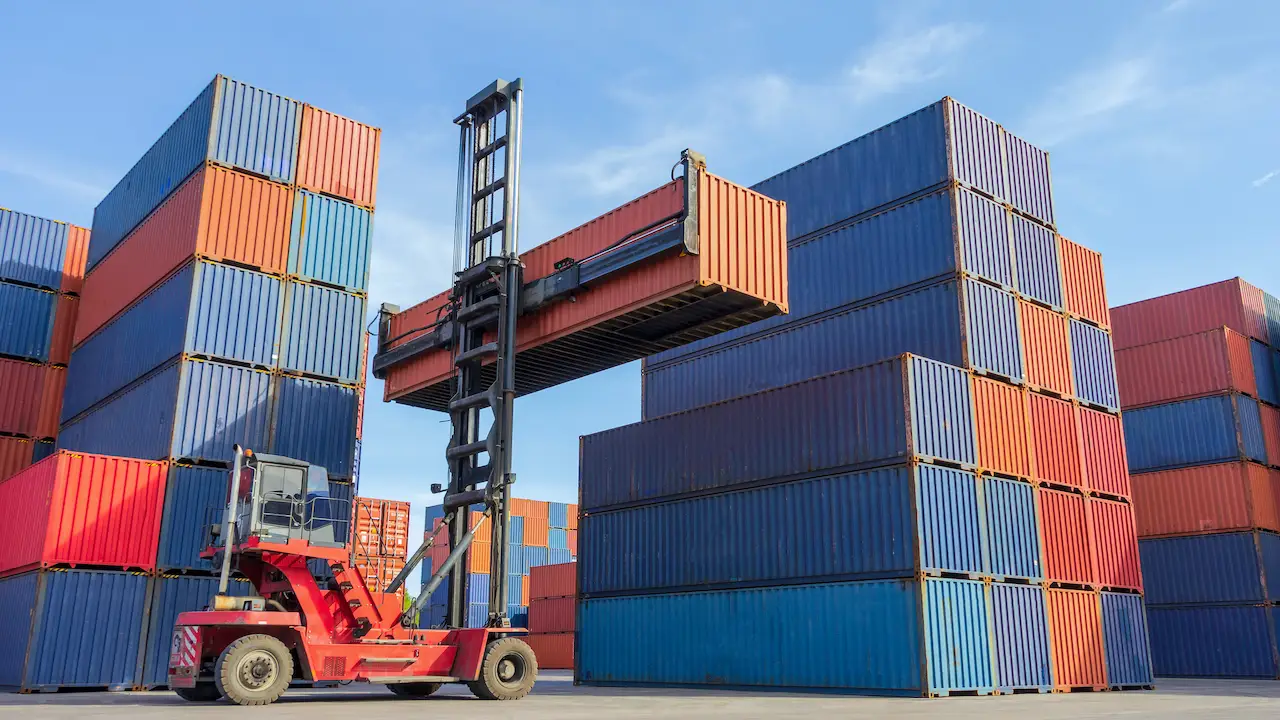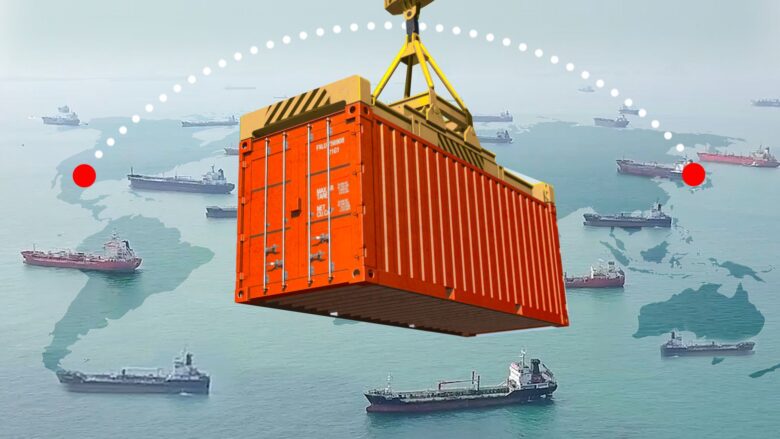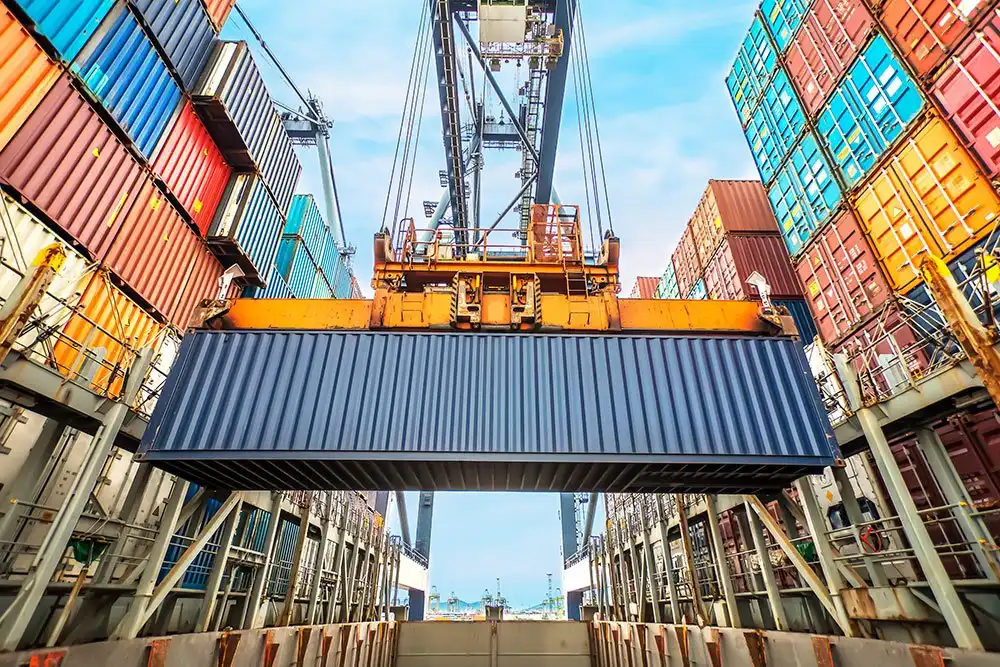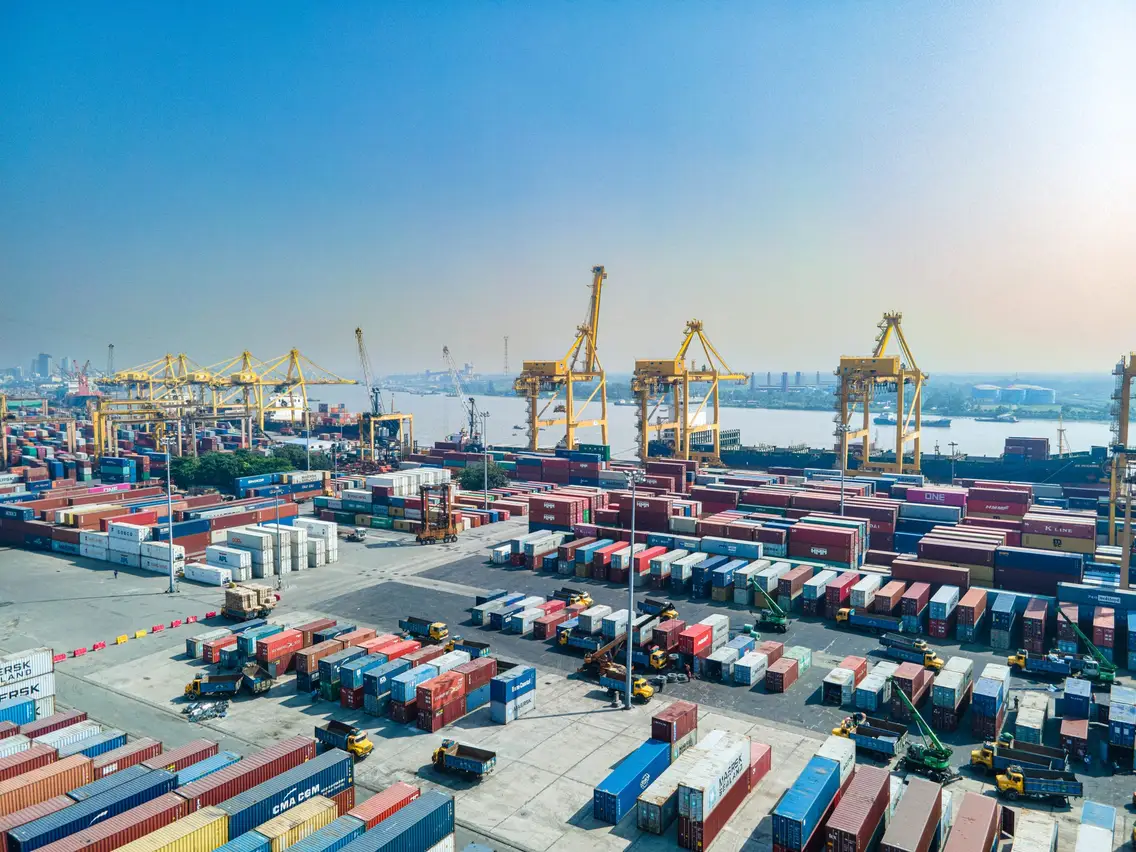The impeccable boom in the shipping industry due to the spike in the ecommerce sector is widely seen in the past few years. Shipping makes the core of every sector perhaps because today with companies looking to tap different markets all over the globe the shipment of goods on time is the crux of business sustainability. The multifold alternatives the companies have today in shipping including the shipping containers and modes of shipment offer the companies a choice to get the most cost-effective deal without compromising on the time of the delivery. Although the cargo containers basically refer to large companies with the advent of dropshipping websites the shipping strategies can be tweaked as per the need of the companies either big or small.
The shipping process is the key to building a strong business image. It helps to complete the transaction on time which satisfies the customers and hence creates an opportunity for repeat business. Therefore it is extremely important to understand the process of shipping the goods in the right containers.

Source: dw.com
Contents
- Let us understand the process of shipping a container
- 1. Fulfilling the prerequisites to start the freight transaction:
- 2. Consultation from different freight companies
- 3. Analyze the right freight forwarder for the shipment
- 4. Proceed for documentation
- 5. Verifying shipment and booking the carrier
- 6. Customs clearance
- 7. Shipment movement to the buyer
Let us understand the process of shipping a container
At the outset, the shipping process can seem challenging and puzzling especially when the shipment is international. To function smoothly the primary requirement for the company is to look for a qualified and experienced freight forwarder. This will make the entire process hassle-free. The key players in the international shipping process are importers, exporters, banks, and shipping and logistics companies.
1. Fulfilling the prerequisites to start the freight transaction:
Shipping requires a lot of documentation and prompt action to get the goods delivered to the customers without any problem. The primary needs to fulfill are:
- Finalizing the date when the shipment has to go.
- The port of origin and port of destination.
- The details of commodities and packaging.
- The type of freight that suits the shipment.
- Agreement of Incoterms

Source: wired.com
2. Consultation from different freight companies
Once the prerequisites are final, the data must be shared with the freight forwarders in order to get the quotations. Since most of the freight forwarders are digitally equipped the process is automated and the shipper gets quotations in no time. Digital freight forwarders offer a lot of benefits to the shipper as all the data and analytics can be seen on a real-time basis, like shipment tracking through apps, rates, etc.
3. Analyze the right freight forwarder for the shipment
The shipping process is a daunting task that involves a lot of communication, rules, management, and careful handling of goods and paperwork. Choosing the right freight forwarding company is rewarding to the shipper therefore proper research of the freight company is required. The shipper must understand the transportation needs, the services required to complete the shipment, and the volume of trade. The shipper must also consider the area of expertise of the freight company and if they have the global reach to serve the customers easily. Risk management is a crucial factor in considering freight companies as they have to mitigate unstable risky conditions. Lastly, a trustworthy company with all necessary licenses and contracts must be considered.

Source: containerspace.com.au
4. Proceed for documentation
The shipping company must ensure that all the documents are ready. The standard documents required in the shipping process include:
- Proforma Invoice: The primary estimated bill that acts as an invoice to the buyer is called the proforma invoice. It gives complete information about the goods and services, amount payable, details of delivery including time and price, and also the currency. An important thing to note is to mention the expiry date of the invoice to avoid or minimize the risk in the volatile market.
- Commercial Invoice: After the buyer agrees to the transaction based on the proforma invoice the shipping company must get everything ready including the goods, paperwork, and the most crucial document which is the commercial invoice. It is mostly similar to the proforma invoice but other details like insurance, bank details, etc are mentioned in it.
- Packing List: A packing list gives all the necessary details of the shipment including the weight of the goods, dimensions of the package, and instructions to handle the goods.
- Certificates of Origin: Although the commercial invoice has information of the country of origin, a certificate of origin approved by the consulate office of a country is required as it ensures identification of the goods from where they are transported.
- Certificate of Free Sale: The Certificate of Free Sale is vital to prove that the goods being transported are legally sold without any prohibition and have the necessary approvals.
- Shipper’s Letter of Instruction: The Shipper’s Letter of Instruction gives the freight forwarders clear instructions on documentation and transportation for the successful movement of goods.
- Inland Bill of Lading: In simple words, it is the agreement between the parties involved mentioning the destination of the goods and the receipt of the goods.
- Ocean Bill of Lading: Specifically for ocean cargo, the ocean bill of lading is the contract of the shipment and serves as a document of title.
- Air Waybill: Similar to the ocean bill of lading, the Air Waybill is the contract of the shipment and serves as a document of title but is non-negotiable.
- Dangerous Goods Forms: Dangerous Goods Forms are required while shipping hazardous goods and the packing must have clear labels and documents while transportation.
- Bank Draft: While transporting goods it is critical to have a bank draft that ensures transferring the authority from seller to buyer.
5. Verifying shipment and booking the carrier
Once the documents are ready and the shipping is confirmed the shipper needs to verify the details like container type, bill of lading, shipment origin, reference number, routes, cost, and recipient information. After that, the shipment must be booked with the freight forwarder. The real-time analytics will ensure up-to-date information to the shipper.

Source: businessinsider.com
6. Customs clearance
There are several regulations that the goods must pass through based on the type of goods like vehicles, cosmetics, medical uses, chemicals, etc. Also, taxes and charges in the importing country will be levied to clear customs at the port of entry. The customs duties must be reimbursed to the freight forwarder and some of the charges like inspection of goods may be billed to the shipper directly.
7. Shipment movement to the buyer
As per the incoterms agreement, the buyer gets the delivery of the shipment after customs clearance. From the various types of shipments like air, marine, FCL, or LCL the goods can be delivered through the truck, live unloading, on-ground dropping of goods, etc.
To conclude:
The shipping process is highly influenced by the time of movement. Moreover, the shippers and buyers must be wise in handling documents and cargo properly in order to deliver goods successfully.
